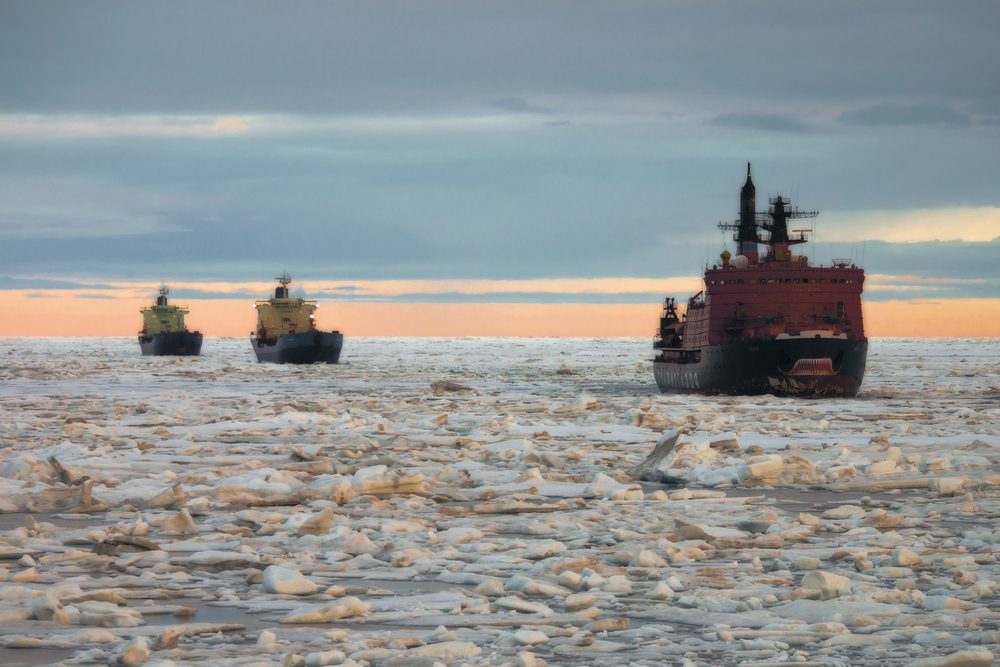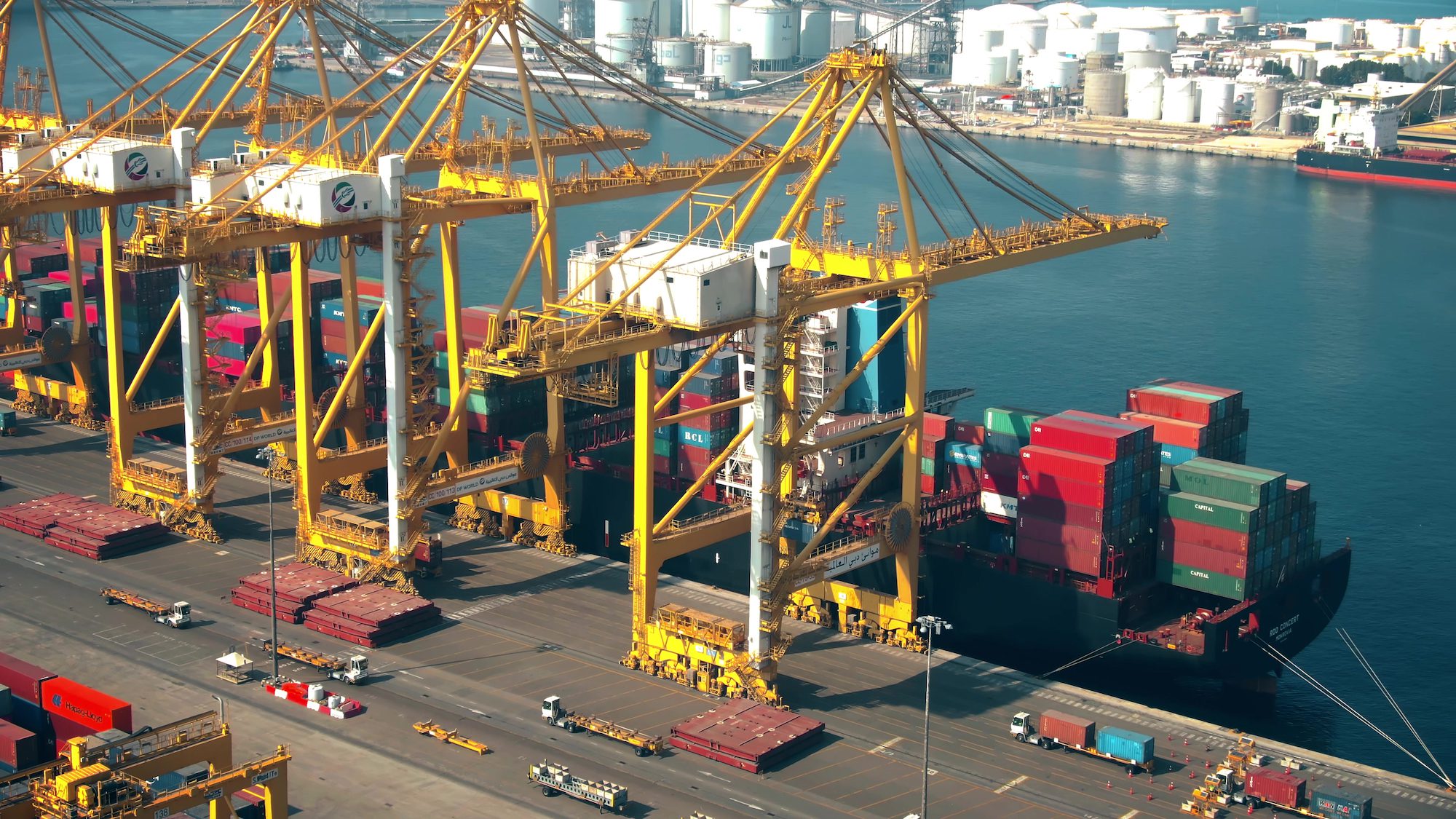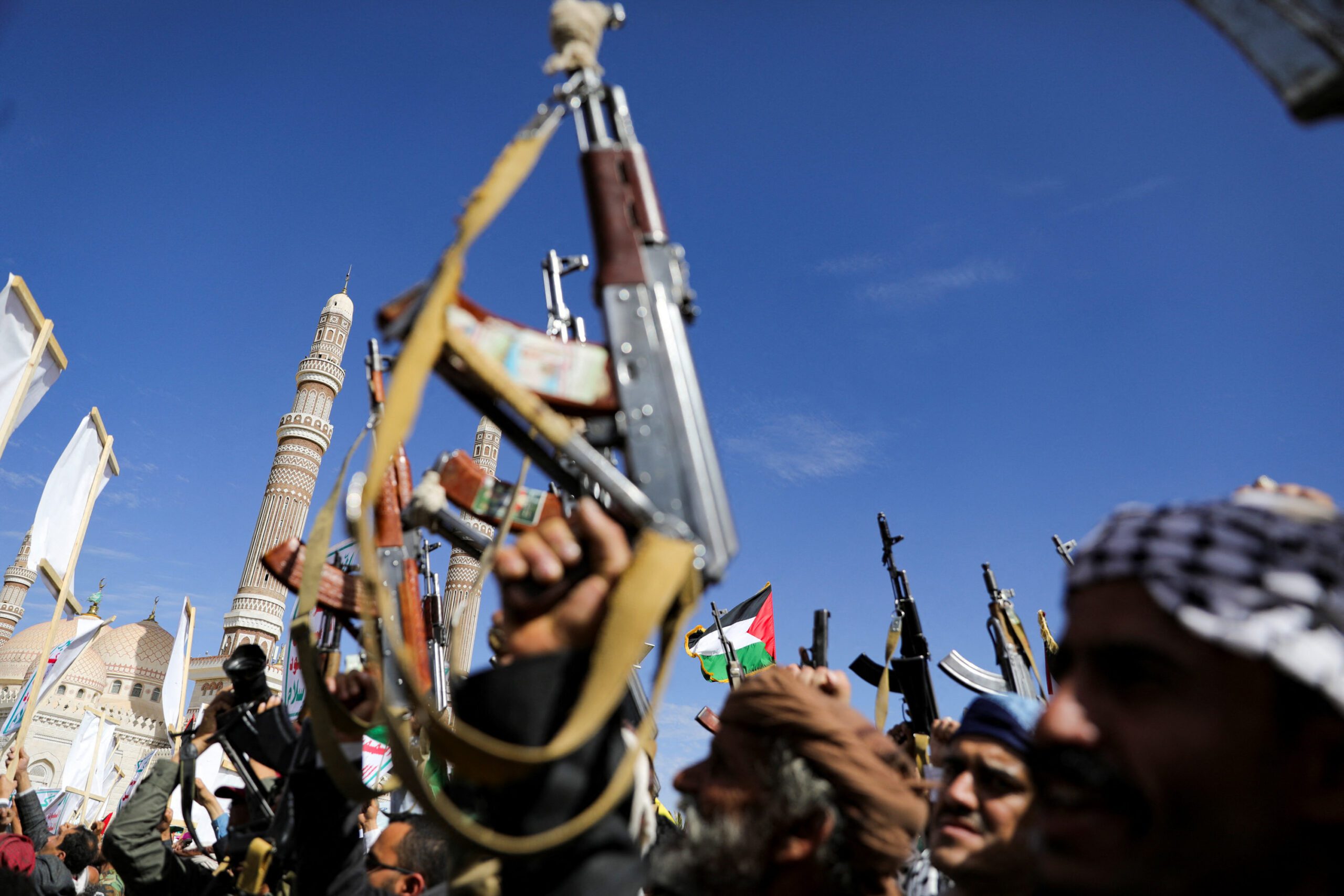Russia’s state nuclear energy corporation Rosatom and Novatek, Russia’s largest natural gas producer, plan to launch year-round navigation in the eastern portion of the Northern Sea Route as soon as early next year, Rosatom CEO Alexei Likhachev said at a meeting with Russian President Vladimir Putin.
During the meeting, President Putin described the Northern Sea Route as “extremely important” to Russian interests as climate change creates more opportunities for shipping through the route, which serves as the shortest maritime link between Asia and Europe.
“We must think about the future. The Northern Sea Route is opening up,” said Putin. “Whether this is good or bad, it is happening – the Northern Sea Route is opening up.”
Shipping via the Arctic is is critically important to Russia as it allows Russia to tap into its vast Arctic natural resources, such as oil and gas reserves, and high-value minerals, which are critical to the country’s economy. Arctic shipping bolsters Russia’s claims to sovereignty over this region.
“Together with Novatek we are planning to launch year-round navigation in the eastern part of the NSR early next year. This is a truly historic decision, important for the development of the entire Arctic, and of particular importance for our country’s economy,” Likhachev said at the meeting.
According to Russia’s Minister for the Development of the Russian Far East and Arctic Alexei Chekunkov, freight traffic along the NSR has increased from 4 million tonnes in 2014 to 34 million tonnes in 2022, having become a major transport corridor for the export of oil, LNG, mineral fertilisers, metals and other products. He added that the goal is to ensure that the NSR can support a capacity of up to 100 million tonnes by 2026 and 200 million tonnes by 2030.
To reach this goal, the NSR will require the necessary infrastructure upgrades, from cargo hubs and ports to additional icebreakers and ice-class ships, according to Chekunkov. Investment in the safety of navigation, including enhanced weather forecasting, ice monitoring, and emergency rescue and medical services. The plan also includes centralizing control and development of the NSR.
In total, development of the NSR will require 1.8 trillion rubles (~USD 22.4 billion), including 620 billion rubles (~USD 7.7 billion) funded by the Russian government, Chekunkov said.
According to Rosatom’s Likhachev, Russia currently 30 ships operating along the Northern Sea Route, and another 33 are under construction. “Overall, we will need up to 100 Arctic class ships, as well as at least 15 floating energy units. This many new ships is of course a challenge for the domestic shipbuilding industry,” he said.
The training of personnel to man the fleet is of “utmost importance,” said Likhachev.
“By 2030 alone we will need at least 7,500 crew members, taking into account the number of ships we require. This includes at least 1,500 crew for the nuclear icebreaker fleet,” he said.

 Join The Club
Join The Club











